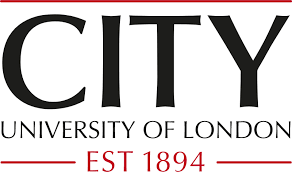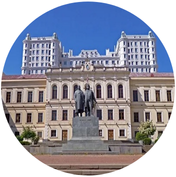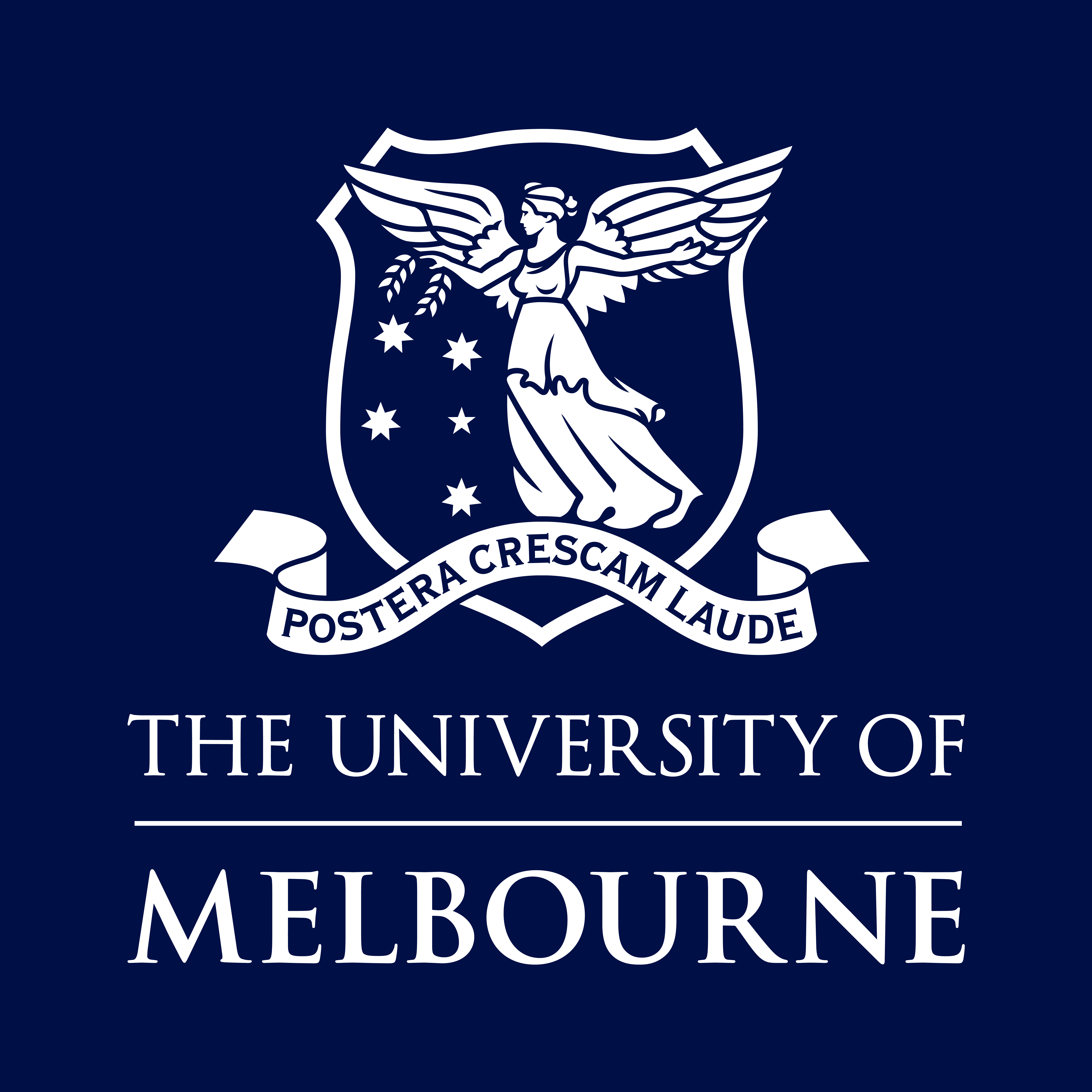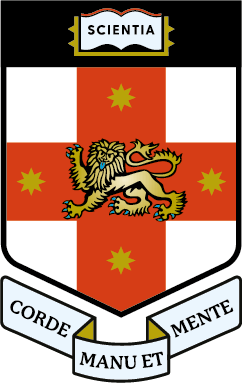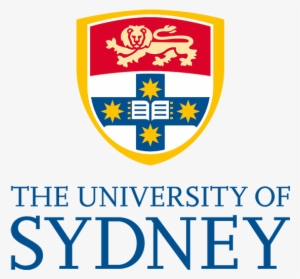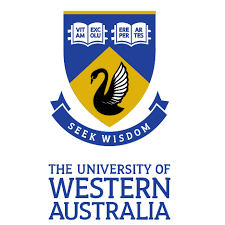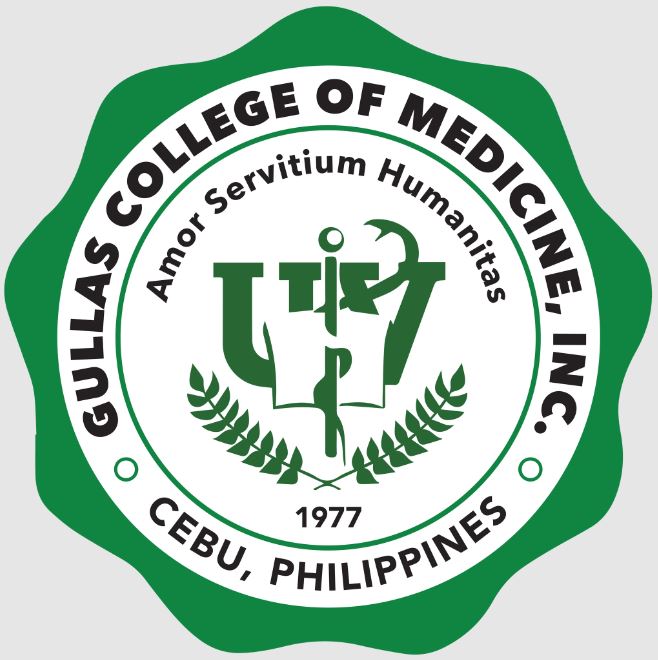MBBS Abroad: Your Gateway to a Global Medical Career
Studying MBBS abroad is a dream for many Indian students aspiring to become doctors. With the increasing competition for seats in Indian medical colleges and the high costs of private education, pursuing Bachelor of Medicine, Bachelor of Surgery (MBBS) in foreign universities offers a viable and often more affordable alternative. This comprehensive guide is tailored for Indian students, covering everything from eligibility to career opportunities, helping you make an informed decision about studying medicine overseas.
Why Choose MBBS Abroad as an Indian Student?
India produces thousands of medical graduates each year, but the demand for quality education often exceeds the supply of seats in government colleges. MBBS abroad provides access to world-class facilities, diverse clinical exposure, and globally recognized degrees. Here are key reasons why it's an excellent choice:
- Affordable Fees: Many countries offer MBBS programs at a fraction of the cost compared to private Indian colleges, which can exceed INR 50 lakhs per year.
- No Entrance Exam Pressure: Unlike NEET in India, several universities abroad admit students based on 12th-grade marks and basic entrance tests.
- English-Medium Instruction: Programs in countries like Russia, the Philippines, and Ukraine are taught in English, easing the transition for Indian students.
- Global Recognition: Degrees from accredited universities are approved by the National Medical Commission (NMC), allowing graduates to practice in India after clearing the FMGE (Foreign Medical Graduate Examination).
- Cultural Diversity and Practical Training: Exposure to international patients and advanced healthcare systems builds a well-rounded medical professional.
For Indian students, studying abroad also opens doors to residency programs in countries like the UK, USA, or Australia, enhancing career prospects beyond India.
Top Destinations for MBBS Abroad
Several countries have emerged as popular hubs for Indian students pursuing MBBS. Each offers unique advantages, from low tuition to high-quality education. Below is a comparison table of top destinations:
| Country | Duration | Average Annual Tuition (INR) | Key Universities | Pros for Indians |
|---|---|---|---|---|
| Russia | 6 years | 2-5 lakhs | Moscow State Medical University, Kazan Federal University | Low cost, NMC-approved, English medium, cold climate but strong support for Indians |
| Philippines | 5.5-6 years | 3-6 lakhs | University of Perpetual Help, AMA School of Medicine | Tropical climate similar to India, US-patterned curriculum, easy visa process |
| Ukraine | 6 years | 2-4 lakhs | Bogomolets National Medical University, Kharkiv National Medical University | Affordable living, high FMGE pass rates, English programs despite geopolitical concerns |
| Georgia | 6 years | 4-7 lakhs | Tbilisi State Medical University, David Tvildiani Medical University | EU-aligned education, safe environment, growing popularity among Indians |
| China | 6 years | 2-5 lakhs | China Medical University, Zhejiang University | Advanced infrastructure, scholarships available, but language barrier in clinical years |
These destinations are chosen for their affordability and recognition. Always verify the latest NMC guidelines, as approvals can change.
Eligibility Criteria for Indian Students
To pursue MBBS abroad, Indian students must meet specific requirements set by universities and the NMC. The process is straightforward but requires careful preparation:
- Academic Qualifications: Minimum 50% aggregate in Physics, Chemistry, and Biology (PCB) in 12th grade from a recognized board (45% for reserved categories).
- Age Limit: At least 17 years old by December 31 of the admission year.
- Entrance Exams: NEET qualification is mandatory for NMC recognition. Some universities require additional tests like IELTS/TOEFL for English proficiency.
- Health and Fitness: A medical fitness certificate is often needed.
- Documents Required: 10th and 12th mark sheets, NEET scorecard, passport, birth certificate, and passport-sized photos.
Note: Without NEET, your degree won't be valid for practicing in India. Aim for a good NEET score to strengthen your application abroad as well.
Admission Process Step-by-Step
Applying for MBBS abroad is less competitive than in India. Follow these steps:
- Research and Shortlist: Choose 3-5 universities based on rankings, fees, and reviews from Indian alumni.
- Apply Online: Submit applications via university portals or through authorized consultants. Deadlines are usually between March and July.
- Entrance Test/Interview: Appear for university-specific exams (if any) conducted online or in India.
- Receive Offer Letter: Upon selection, pay an initial fee to secure your seat.
- Visa Application: Apply for a student visa with the offer letter, financial proofs, and medical reports. Indian students often get visas within 2-4 weeks for most countries.
- Travel and Orientation: Arrange flights and attend university orientation programs.
Many agencies in India specialize in MBBS abroad admissions, offering end-to-end support for a fee.
Course Structure and Duration
The MBBS program abroad typically spans 5-6 years, divided into pre-clinical and clinical phases. It's designed to provide a strong foundation in medical sciences followed by hands-on training:
- Years 1-3 (Pre-Clinical): Focus on basic sciences like Anatomy, Physiology, Biochemistry, Pathology, and Pharmacology. Lectures, labs, and dissections build theoretical knowledge.
- Years 4-6 (Clinical): Rotations in hospitals covering Internal Medicine, Surgery, Pediatrics, Gynecology, and Community Medicine. Emphasis on practical skills and patient interaction.
- Internship: A mandatory 1-year internship in the final year, often paid, providing real-world experience.
In countries like the Philippines, the curriculum aligns with US standards, preparing students for exams like USMLE. Russian programs emphasize research alongside clinical training. Weekly schedules include 20-30 hours of classes, with ample time for self-study.
Costs Involved: Tuition, Living, and More
One of the biggest attractions of MBBS abroad is its cost-effectiveness. Here's a breakdown for an average Indian student:
| Expense Category | Estimated Cost (INR per year) | Notes |
|---|---|---|
| Tuition Fees | 2-6 lakhs | Varies by country; includes lab and library access |
| Hostel/Accommodation | 50,000-1.5 lakhs | Shared rooms; some include meals |
| Food and Living Expenses | 1-2 lakhs | Indian food available in many places; budget for groceries |
| Travel (Round Trip) | 50,000-1 lakh | Annual flights from India |
| Miscellaneous (Books, Insurance, Visa) | 50,000-1 lakh | Health insurance mandatory in most countries |
| Total Annual Cost | 4-10 lakhs | Total for 6 years: 25-60 lakhs |
Compared to Indian private colleges (up to 1 crore for 5 years), this is significantly lower. Scholarships like those from the Russian Government or university merit awards can reduce costs by 20-50% for deserving Indian students.
Recognition and Practicing in India
For Indian students, NMC recognition is crucial. Degrees from listed foreign medical colleges allow you to take the FMGE, a screening test with a pass rate of 20-30% for abroad graduates. Preparation starts in the final year. Post-FMGE, you can pursue PG in India via NEET-PG or practice directly after internship registration.
Globally, these degrees are valid for PLAB (UK), USMLE (USA), or AMC (Australia). Always check the World Directory of Medical Schools for accreditation.
Career Opportunities After MBBS Abroad
Graduating with an MBBS from abroad equips you for diverse paths:
- Practice in India: After FMGE, join hospitals or clinics; average starting salary INR 6-12 lakhs per annum.
- International Careers: Work in the Middle East, Europe, or pursue specialization abroad.
- PG and Research: Options for MD/MS in the host country or back in India.
- Alternative Fields: Healthcare management, public health, or medical writing.
Many Indian alumni from Russian or Philippine universities secure residencies worldwide, with success stories of earning over USD 100,000 annually in the US.
Tips for Success as an Indian Student Studying MBBS Abroad
Adapting to a new country can be challenging, but with preparation, it's rewarding:
- Learn Basic Local Language: Even in English programs, knowing phrases helps in clinical settings.
- Stay Healthy: Follow university health guidelines; Indian food and communities provide comfort.
- Time Management: Balance studies with cultural exploration to avoid burnout.
- Network: Join Indian student associations for support and job leads.
- FMGE Preparation: Use resources like Marrow or Pre-PG from early years.
Conclusion: Pursuing MBBS abroad is a strategic choice for Indian students seeking quality education without the intense competition at home. With proper planning, you can achieve your dream of becoming a doctor while gaining invaluable global experience. Start by clearing NEET and researching universities today—your medical journey awaits!

